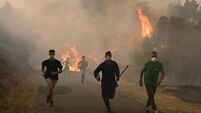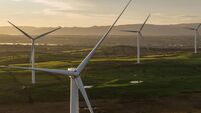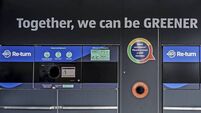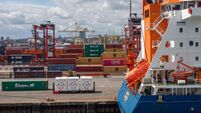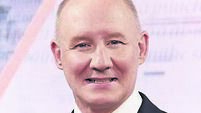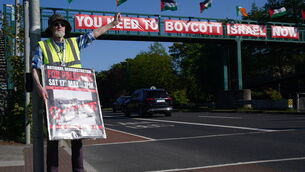Air quality and greenhouse gas sensors to monitor Dublin's emissions
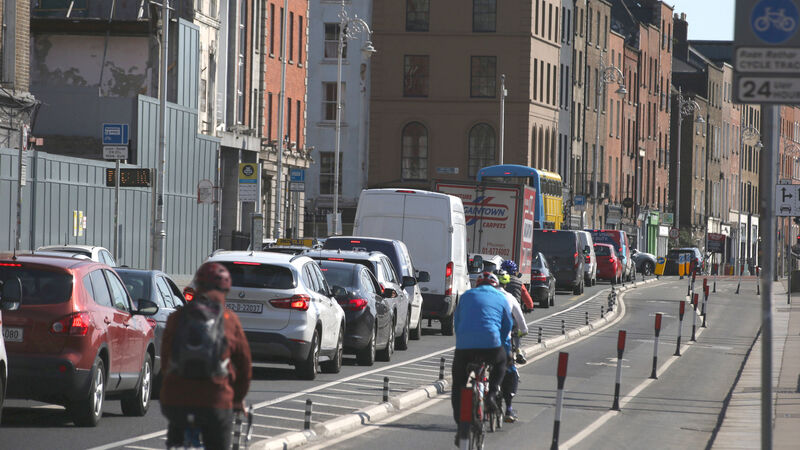
Although Dublin City occupies just 1.7% of the area of Ireland, it is estimated to contribute over 9.4% of the national emissions. Picture: Stephen Collins /Collins
Sensors which will provide a real time "visual pulse" of Dublin's emissions have been installed across the city as part of a year-long pilot project.
The 20 low-cost greenhouse gas sensors, which have been deployed across phone masts in residential and commercial areas, will also measure the effectiveness of policy decisions.
CLIMATE & SUSTAINABILITY HUB




